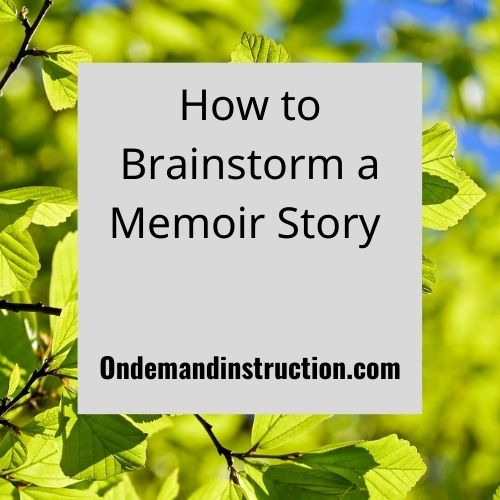 When we sit down to write about our lives, the task can feel daunting. Writing about an entire life can make us feel like the starting point is elusive. Do we begin with birth? Do we start before that with our parents, grandparents, or ancestors? Do we begin with our first memory? It can feel like there is no easy answer. Writing a memoir story is a unique experience. Our memories are usually spotty with some of the details easily accessible at the forefront and others lurching in the murky background. This can be a real challenge for memoirists since we both want to capture our stories but also want to share them in an honest and factual manner. That is not always an easy task. As writers, we experiment with different techniques to begin a story until we find the methods that work for us as individuals. One writer may depend solely on a brainstorming technique to prepare, whereas another one may have a series of rituals including an early morning walk, an image search, and rereading yesterday’s writing. Over time, we figure out what works and stick with our methods so that we can be productive. Considering the greatest frustration for all writers is the blank page, we all want to get words on the page as quickly as possible. When writers begin collecting their personal stories, the process can be rocky at the start, but writers who stick with it will find that the process becomes easier with time. Try one brainstorming method and see how well it works to get a story on paper. If you struggle, then try a second one and a third until you find a brainstorming technique that works for you. As with all challenges, facing it head on and persevering toward the goal will get you past the hard parts. Words List Some writers are particularly language-oriented. They think of individual words as having significant importance. These writers may compose poems or song lyrics in their creative time and tend to find that individual words can trigger thoughts, memories, and emotions. Brainstorming a word list can help connect a writer with a memory that can transform into a story. The words can be used to tap into the memories themselves and can also be used in the story. Example word list related to a memory of my summer when I was 7: willow tree swing, grasshoppers, yellow bikini, fireflies, fire pit, hot dogs and marshmallows, bedtime stories, red Converse tennis shoes. If I used the word list method, the words I brainstormed help me remember what I did that summer. I can then use those words in my story, so if I’m a language-oriented writer, this can really get me started. Visualization Close your eyes and picture yourself going back in time. Think back to the moment you met your best friend. Where were you? What was the weather like? What were you wearing? What were your plans for that day? What were you thinking about? For many writers, when they can get a mental picture of an experience from their past, they can fill in the details. One of the fascinating things about memory is that once a person opens a window into the past, more memory reveals itself over time. A person may start by recalling the time they met their best friend on the playground at school, then by visualizing this memory and going through the events, one minute at a time, they can unlock additional details of what happened. For writers who enjoy meditation, mindfulness, and visualization, this can be an enjoyable story technique. Collect Images We live in a highly visual culture. Just 20 years ago, our phones were focused on sound, but today they are almost completely operating on visuals. Our lives have changed with each passing decade to being less multi-sensory and more visual. The more time we live indoors in front of screens, the more dependent we are on our ability to interpret visual information and less on our other senses. As visual people, we can use aspects of that to our advantage. If you are a collector of photographs from vacations, life events, and celebrations, then you may have a treasure trove of visual content. You can use this as a starting point for creating your stories. Take out the photographs that you have from elementary school and from high school. Take out the photos from your young adult life and from midlife. As you collect these wonderful images, take the time to sort them then study them in a way that helps you unlock the stories behind the visuals. Since we are a visual culture, we can use photos to tap into our memories and collect details that we can use in our memoir stories. Collect Objects and Artifacts Photographs are not the only tools writers can use to connect with their memories. Any type of artifact can do the job as well. Think about the types of things you may have related to your life memories: fabric samples, ribbons, awards, certificates, notes and cards, licenses, and artwork. Like when a writer uses a photograph, accessing an artifact from one’s life, a writer can tap into their memories, open up more details on their memories, and use the artifacts as part of the presentation. Many memoir stories include photographs and artifacts within the stories. Adding imagery can help the writer to collect enough information to tell a story in the first place and can help get the full story communicated to readers. Conduct Interviews One of the wonderful aspects of writing memoir is that writers aren’t limited to their own experiences. We live our lives around other people. Our connections to friends, family, and colleagues give us rich fuel for stories of interconnected lives. Some memoirists begin their memoir writing journeys by interviewing people in their lives, particularly their family elders for ancestral and family stories. Interviewing others is a great way to start, because it takes the pressure off of the writer to collect their own stories. Instead, writers get to focus on the writing process for others’ stories, which can make storytelling feel more accessible, especially for writers who may be overwhelmed or blocked. Memory Snippets Oftentimes, writers have bits of memories but they don’t necessarily add up to an entire story. Collecting these memory snippets can create a resource pool of information that can be used in writing memoir stories. Consider using post-it style notes or notecards for collecting and cataloguing these memory snippets. A memory snippet might be as small as one sentence. Memory snippets might include things like: the summer we saw David Bowie in Denver; the patent leather shoes when I was 10; my tenth birthday when I was sick; the day dad crashed his motorcycle. Hopefully, there is one brainstorming technique that can support your writing practice. Once writers get a story or two on paper, more stories tend to come over time; it gets easier. As well, the more time writers spend accessing memories, the more memories come to light. This can be a blessing since writers have more information to access from their stories, but it can also mean that more time is needed on one’s memoir project. If you find that some of these techniques do not appeal, that is OK. Stick with the ones that work for you. Writers are all different and tend to gravitate to one method over another. Related Blog Posts
|
About the SiteWelcome, Writers! Archives
September 2023
|
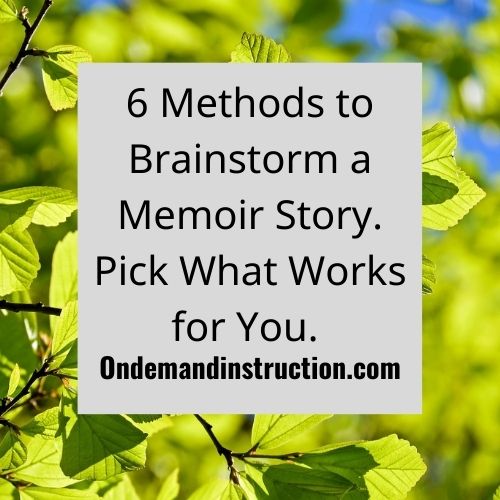

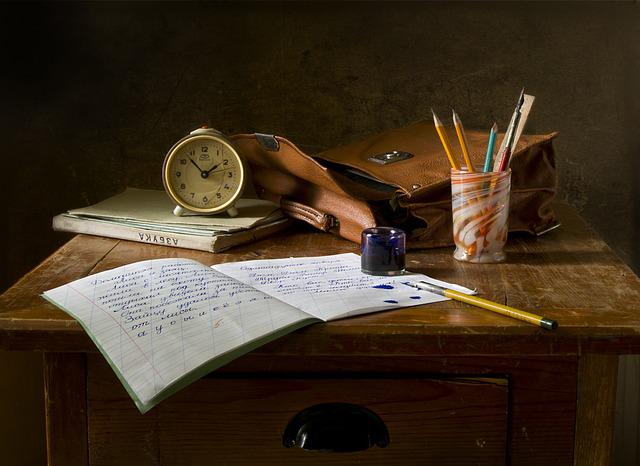

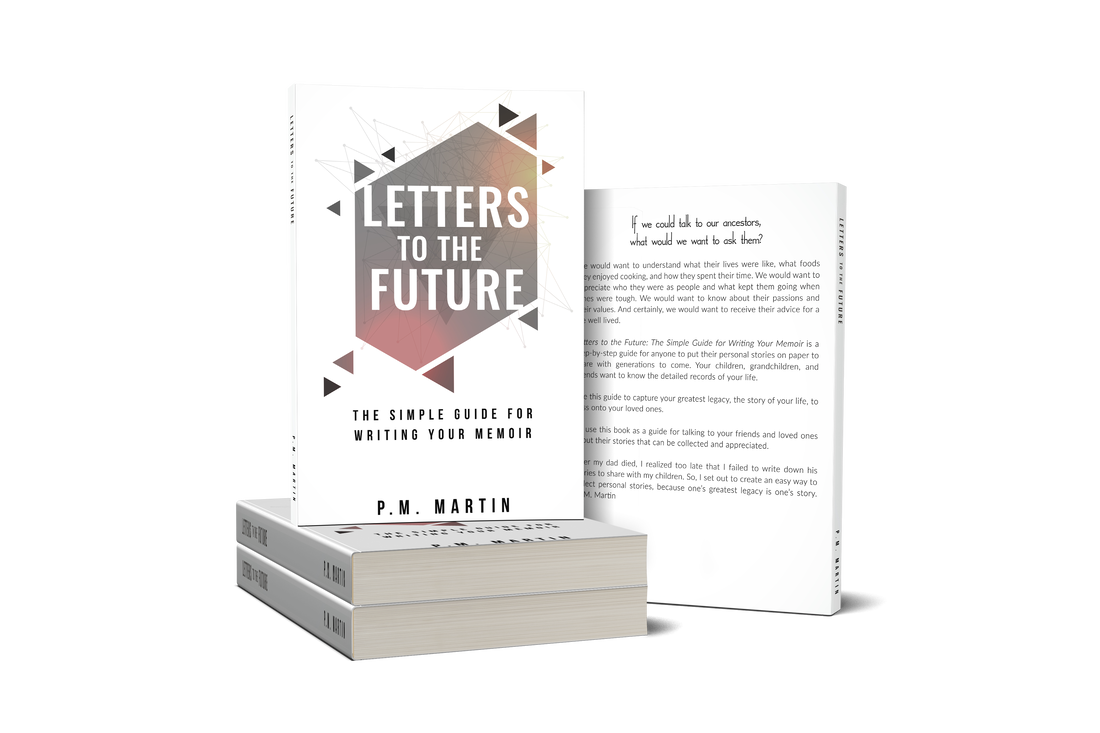


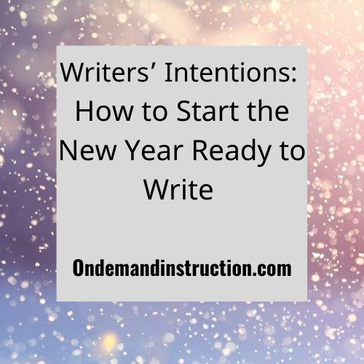
 RSS Feed
RSS Feed